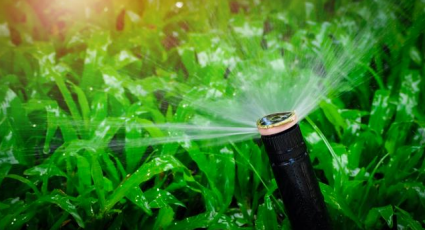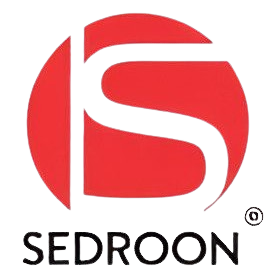When it comes to watering your crops, knowing the best irrigation method can make all the difference. There isn’t a one-size-fits-all answer, as each method has its benefits and drawbacks. The best way to decide is by understanding your local conditions and experimenting with different methods. Here’s a simple guide to help you make an informed choice:
Irrigation Methods:

- Surface Irrigation: This traditional method includes techniques like basin, furrow, and
border irrigation. It’s often used when you have mild slopes and soil with medium to low
infiltration rates (like clay). It requires a significant amount of water and is generally
straightforward to use. - Sprinkler Irrigation: Ideal for uneven or steeper slopes where land leveling isn’t practical.
Sprinklers can distribute water evenly, making them effective even in windy conditions or
on sandy soils where water penetration is rapid. - Drip Irrigation: Best for precise watering needs, like in vegetable gardens or orchards. Drip
systems deliver water directly to the base of the plant, which helps save water and reduces
weed growth. They work well on sandy soils or in areas with water scarcity.
Choosing Based on Local Conditions:
Soil Type: Sandy soils need frequent water applications in small amounts, making sprinkler or drip
systems a better choice. Clay and loam soils can handle all types of irrigation, but surface methods
are common.
Slope: Flat lands are great for surface methods like basins. For sloped terrains, consider sprinklers
or drip systems to avoid the cost and effort of leveling.
Climate: If your area is windy, sprinklers might not be effective. Drip or surface methods could be
more suitable. In regions with varied water needs, sprinklers and drip systems offer flexibility.
Water Availability and Quality: If water is limited, sprinkler and drip systems are more efficient.
For water with high sediment content, surface irrigation helps prevent clogging that can affect drip
or sprinkler systems.
Before deciding, think about both the costs and potential benefits. Sprinkler and drip systems
require more investment but can offer greater returns on high-value crops due to better water
management.
No single irrigation method suits all conditions. Consider your farm’s specific needs, experiment
with different techniques, and choose the method that increases efficiency while reducing labor
and water usage. Our team at SEDROON is here to help you analyze your conditions and select
the optimal irrigation strategy for your agricultural success.


Add comment